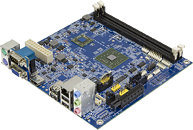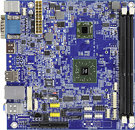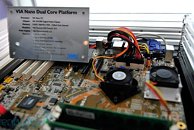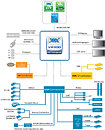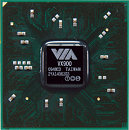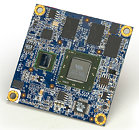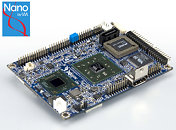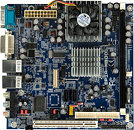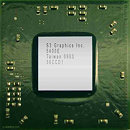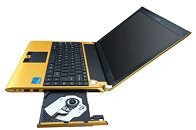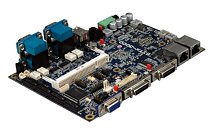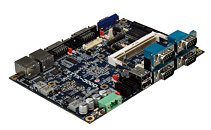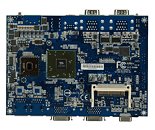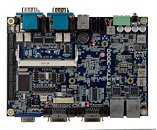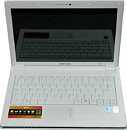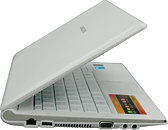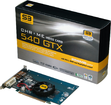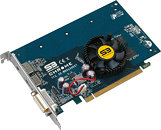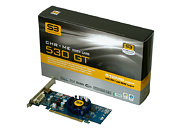
VIA Introduces EPIA-M850 Mini-ITX Board, Packs Multimedia Muscle
VIA Technologies, Inc, a leading innovator of power efficient x86 processor platforms, today announced the VIA EPIA-M850 Mini-ITX board, the first board to feature the latest VIA VX900 media system processor, creating the ideal solution for today's HD-intensive, commercial multimedia-centric devices.
The VIA EPIA-M850 is targeted at OEM and ODM manufacturers of commercial multimedia embedded devices. Featuring a 64-bit, high performance VIA Nano E-Series processor and the VIA VX900 unified all-in-one media system processor, the VIA EPIA-M850 delivers a highly optimized platform that boasts comprehensive HD video performance, HD audio and HDMI support in a compact, power-efficient package.
The VIA EPIA-M850 is targeted at OEM and ODM manufacturers of commercial multimedia embedded devices. Featuring a 64-bit, high performance VIA Nano E-Series processor and the VIA VX900 unified all-in-one media system processor, the VIA EPIA-M850 delivers a highly optimized platform that boasts comprehensive HD video performance, HD audio and HDMI support in a compact, power-efficient package.
